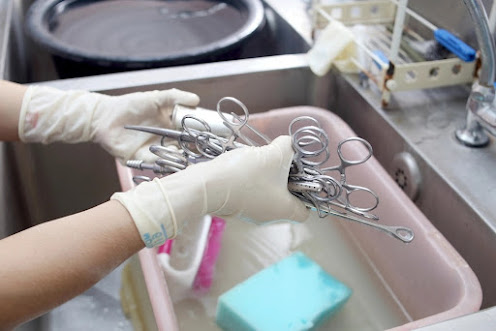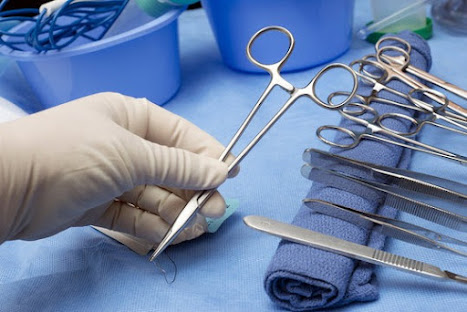Maintaining surgical instruments is essential for their longevity, and also to ensure that they function properly during medical procedures. Here are some steps to make your surgical instruments look amazing in 5 days:
Day 1: Clean the Instruments Start by cleaning the instruments thoroughly with warm water and detergent. Scrub them gently with a soft-bristled brush to remove any debris or stains. Rinse the instruments well with clean water and dry them with a lint-free cloth.
Day 2: Lubricate the Joints Apply a thin layer of lubricant to the joints of the instruments to prevent them from rusting and to ensure they move smoothly. Use a high-quality instrument lubricant that is compatible with your instruments.
Day 3: Polish the Instruments Use a specialized metal polish to clean and shine your surgical instruments. Apply a small amount of polish to a soft cloth and rub it onto the instrument's surface in a circular motion. Use a clean, dry cloth to buff the instrument to a shine.


.jpeg)


Comments
Post a Comment